Ben Birillo, the Curator Who Once Helped Launch the Pop Art Movement, Is Showing His Own Art in New York
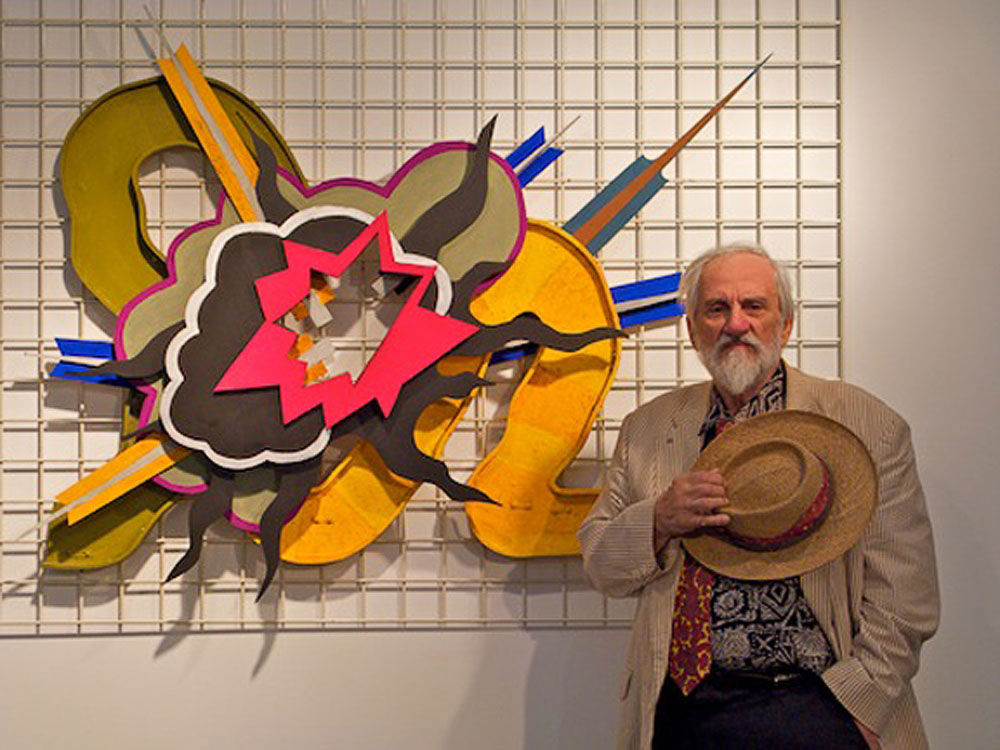

Artnet Gallery Network

When Georges Bergès first sought to start his own a gallery, he wanted to choose a space that had, as he puts it, a “rich artistic history.” The spot he settled on—a storefront on West Broadway in SoHo—wasn’t the most obvious choice from an art-world traffic perspective, but it was special for another reason: It used to belong to Bergès’s biggest influence, gallerist Leo Castelli.
It’s even more special for that fact today. On view in the gallery now is an exhibition by Ben Birillo, a 90-year-old artist and collector who helped to launch the Pop art movement in the early 1960s before retreating from the scene. Appropriately enough, this artist also owes a lot to Castelli.
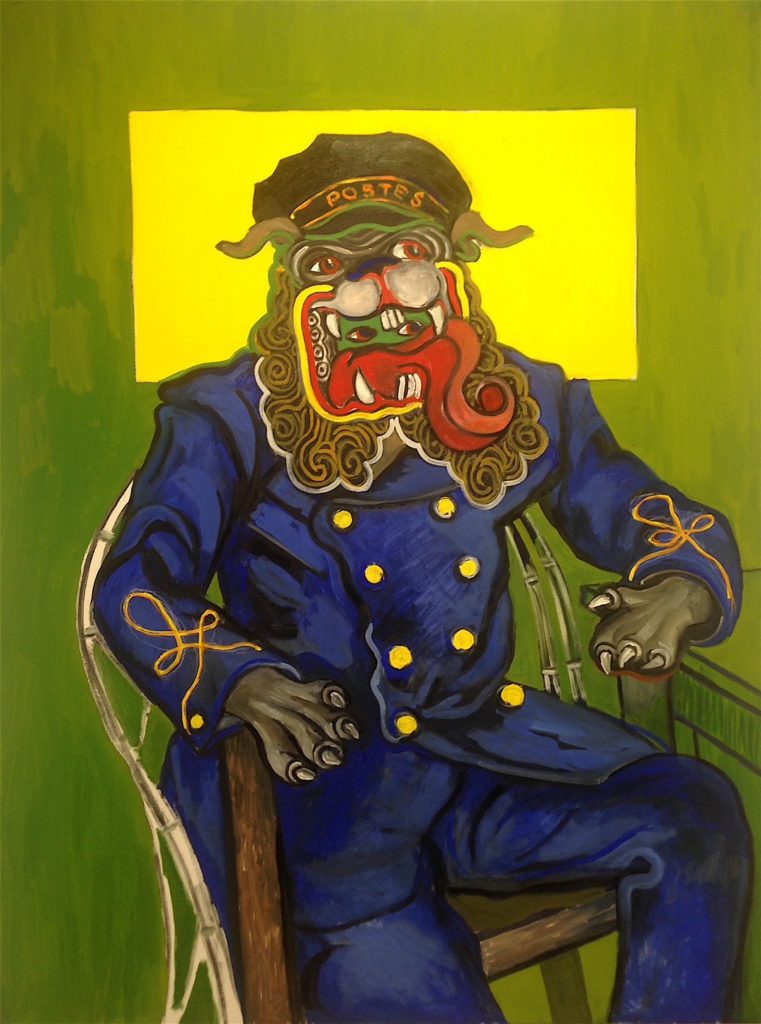
Ben Birillo, Spirit Dog as Roulin Postman (2017). Courtesy of Georges Bergès Gallery.
Birillo, born in 1928, was known early on more as a collector than an artist. By the early ’60s, he had amassed an impressive collection of Pop art—one that rivaled only that of his friend, Castelli, who at the time was considered to be the most influential gallerist in the world. Birillo—who was working in advertising at the time—would often sell work through Castelli, so much so in fact that the venerable collector often referred to him as the “Castelli Annex.”
It was Castelli who encouraged Birillo to show his own work, organizing a show with him and his close friend, Andy Warhol.
“In that sense, this exhibition is particularly meaningful for me,” Bergès tells artnet News. “It’s odd, in a way. You almost feel the spirit of all these people in the show—Castelli and Warhol and so on. To me, it’s transformative.”
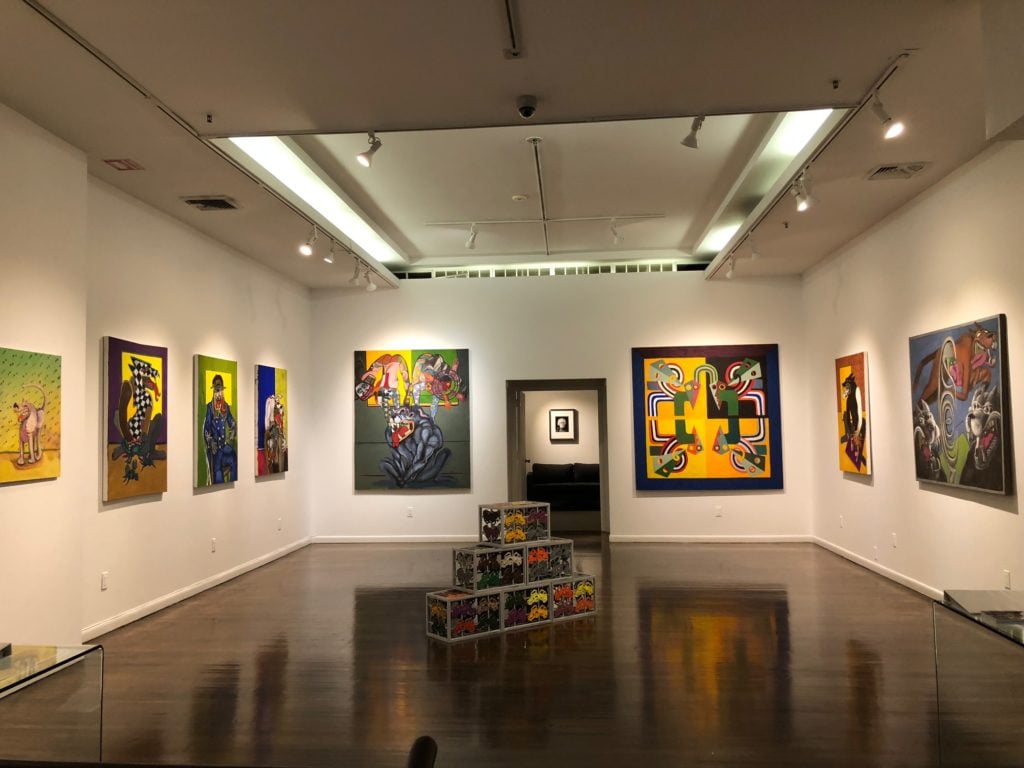
Installation view of “Spirit Dogs,” 2018. Courtesy of Georges Bergès Gallery.
Birillo is best known for curating “The American Supermarket,” the seminal 1964 exhibition recognized by many as the birth of Pop art. Held at the Bianchini Gallery on the Upper East Side, the show featured new works by Jasper Johns, Roy Lichtenstein, James Rosenquist, and Andy Warhol, among others—all of whom were tasked with creating objects that could appear in a grocery store. Claes Oldenburg contributed a grip of cakes, candies, and cookies, for instance, while Tom Wesselmann made a turkey. One of Warhol’s first Campbell’s Soup paintings was on display, and the image was also screen-printed on cheap shopping bags.
However, while many of the “American Supermarket” artists catapulted to art-world stardom after the show, Birillo never received the same attention.
“In terms of his relationship to those other artists, I think Birillo was sort of like what Damien Hirst was to the YBA’s,” says Caitlin Kelly, the director of Georges Bergès Gallery. “Hirst was the promotional figure, the advertising guy. Ben was really a huge promotional machine for the pop artists. He just took a different path.”
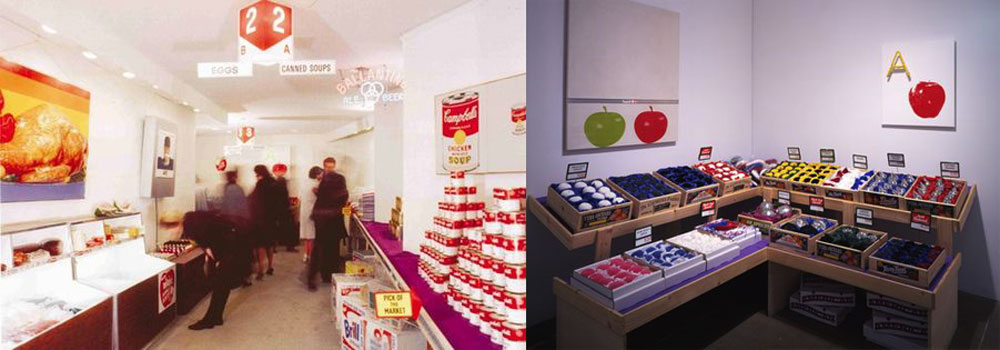
By the mid-’70s, Birillo left New York altogether. Not much is publically known about his life after that. He lived in the Yukon for a while; he worked as an antique dealer for a spell. He dabbled in making primitive art. Now, he lives a quiet life upstate.
Upon rediscovering Birillo’s work and the connection to Castelli, Bergès sought out the reclusive artist. To his relative surprise, he found that Birillo had never stopped making art.
“There was art all over the place,” Bergès recalls. “I was in awe of the history there and the fact that he hasn’t stopped working.”
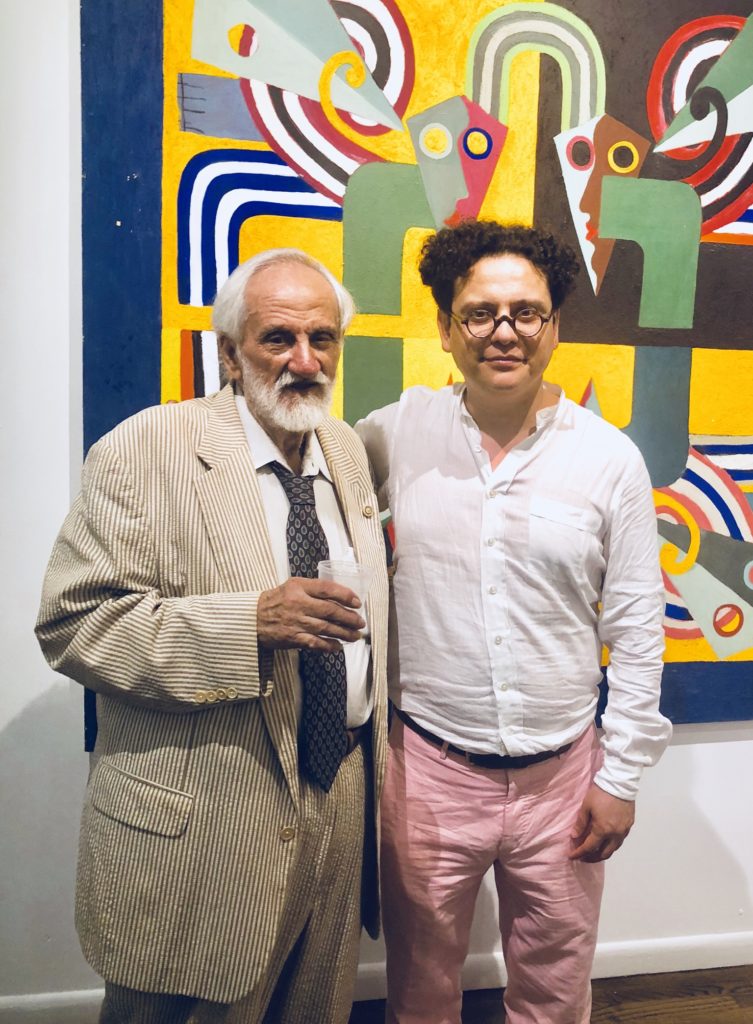
Ben Birillo and Georges Bergès, 2018. Courtesy of Georges Bergès Gallery.
Fast forward several months and many of those works are on display now at Bergès’s gallery in SoHo. They make up “Spirit Dogs,” a collection of paintings and sculptures the artist has made over the last several years. The majority depict rabid dogs with an extra set of blood-red eyes in their mouths. They were inspired by the Wendigo, a man-eating monster from Algonquian myth whose own insatiable hunger leads to its ultimate demise. Birillo discovered the legend while traveling in the Yukon many years ago.
“For me, what makes this exhibition special is that it’s a part of history,” Bergès says. “Getting to experience an exhibition from an artist so truly rooted in the history of the contemporary art world as we know it—very few times do we have the chance to do that.”
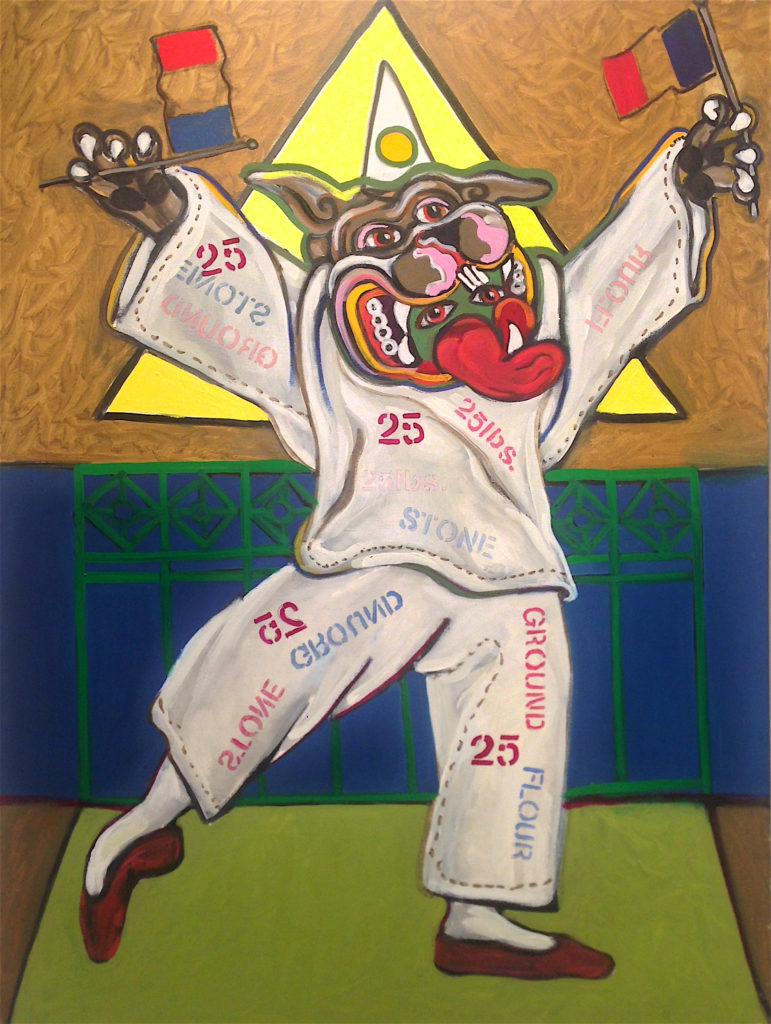
Courtesy of Georges Bergès Gallery.
“Spirit Dogs” is on view at Georges Bergès Gallery through September 23, 2018.
